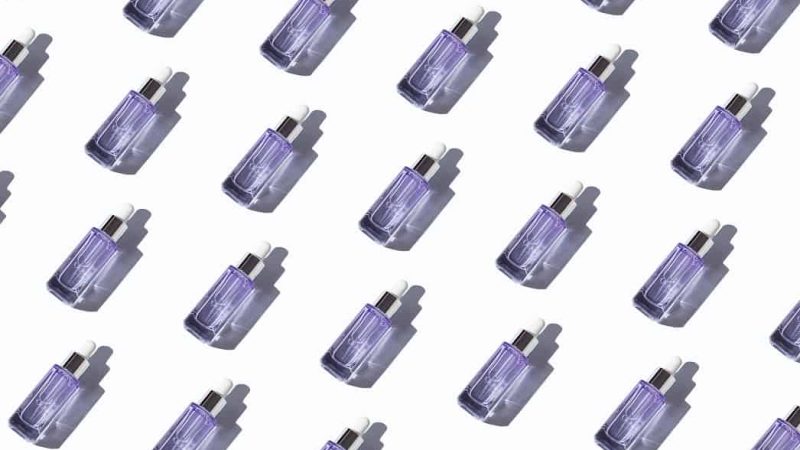Alpha hydroxy and beta hydroxy acids are keratolytics that specifically work to loosen the peptide bonds of proteins, between the keratinocytes, or epidermal cells. They dissolve the surface, intercellular cement that holds these epidermal cells together. Once this intercellular glue has been dissolved, those dry, dull cells fall off, prompting the synthesis of new collagen and healthy cells. Our goal as skincare practitioners is to exfoliate just enough to reveal that beautiful, fresh new skin, but not so much as to damage our stratum corneum, the protective shining armor that keeps us alive and healthy.
Metaphorically, think of your skin like a brick wall. It stands tall and strong with bricks (representing your skin cells) and mortar (representing your intercellular glue). Let’s pour alpha hydroxy acid, or glycolic acid, onto the top of the wall. It immediately begins running into those mortar lines, in between the bricks and begins dissolving that mortar. The bricks no longer have anything preventing them from falling off. Your cells become “unglued” and fall off, revealing plump, new skin.
Now let’s pour beta hydroxy or salicylic acid onto the wall. Salicylic acid does not care so much about the mortar between the bricks but is focused on racing towards the large pore openings. Beta hydroxy acids work to “unglue” those dead, sticky cells inside each pore, those stubborn cells that line the pore walls, which cause acne and comedones. Beta hydroxy acids are highly keratolytic and comedolytic. They not only work on the surface of the skin but are also able to get down into the pore, dissolving the oil and breaking apart stubborn debris, making it a fantastic treatment for acne suffers, especially when paired with antibacterial ingredients.
Alpha and beta hydroxy acids work similarly but each produces a slightly varied result. The main difference? Beta hydroxy acids are lipid or oil-soluble, meaning it dissolves in fats and oils making them way more effective on oily skin, while alpha hydroxy acids are water-soluble, meaning they dissolve and neutralize with water.
Alpha hydroxy acids work primarily on the skin’s surface or what you can see when you look in the mirror, like wrinkles, dullness, rough or bumpy textures. While beta hydroxy acids focus on the pores and oil production.
BONUS QUESTION: Are there any alpha-hydroxy acids that also perform like a beta hydroxy acid?
YES! Mandelic and Citric acids are examples of unique AHAs. They are both water and oil-soluble and mimic beta hydroxy acids’ ability to work inside the pore, regulating sebum production by keeping those pores clear of clogging oils and dead skin cells. HOW COOL IS THAT?
Professional Skincare Training was developed for you! Over 10 hours of videos you can stream from your home, office or car, 24/7. Like the Netflix of Skincare! The first of its kind, Professional Skincare Training is a monthly membership that you can join anytime and when you have become an expert, you can cancel anytime.
Click on the link below to enjoy a FREE video of FaceMapping as well as 50% off of your first month.
That’s all of the education you want for only $12.00!

